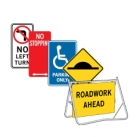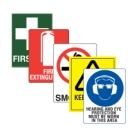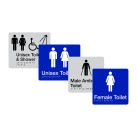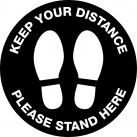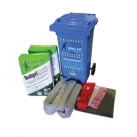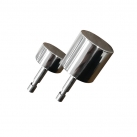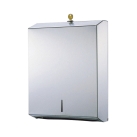The difference between ‘P’ and ‘R’ Slip Resistance Ratings

Slip resistance ratings typically apply to any surfaces that get walked on. Why are some surface materials advertised with ‘P’ slip resistance ratings and others have ‘R’ ratings? P and R anti-slip ratings are listed according to the type of slip testing the material has been subjected to.
- The ‘P’ rating scale is from P0 to P5 according to the Wet Pendulum Test (P is for Pendulum). P5 is the highest rating possible (lowest risk of slipping).
- The ‘R’ rating scale is from R9 to R13 according to the Oil-wet Ramp Test (R is for Ramp). R13 is the highest rating possible (lowest risk of slipping), although R12 is considered suitable for most locations.
The Pendulum method measures the frictional resistance
between a rubber slider mounted on the end of a pendulum arm and the test
surface. The pendulum consists of an arm which rotates about a spindle attached
to a vertical support pillar. At the other end of the arm is a mass (shaped
like a foot) fitted with a spring-loaded rubber slider. The pendulum is locked
into a horizontal position and then released so that it strikes the sample
surface over a set distance with a constant velocity and energy. The pendulum
continues its arc past the strike path and the height of the forward swing is
determined by the energy lost due to friction when in contact with the sample
surface. A pointer is pushed along by the pendulum and records the height of
the swing. A reading is recorded from the scale and recorded as the
British Pendulum Number (BPN). Testing is carried out at five sites with a
minimum of five swings at each location or until a relatively consistent
reading is achieved. The mean BPN value is calculated and converted into a
classification ranging from P5 to P0 for new pedestrian surfaces.
An alternative method for determining wet slip resistance is
by the Oil-wet Ramp test. This method uses a test panel prepared of the
pedestrian surface which is installed on the ramp test bed. The test
involves laying the test surface on the ramp followed by the application of
engine lubricating oil on the test surface. A test walker is required to
walk up and down the ramp wearing standard test boots while the incline is
gradually increased reducing the friction between the surface and the ‘test
walker’. The test is stopped once the test person considers that the angle
of inclination is unsafe for walking. The test is repeated using a
different test person and the mean angle is used to assess the degree of slip
resistance. Subjective influences affecting the acceptance angle (e.g.
variations between test persons) are limited by the use of calibration boards.
To help prevent slips, trips and falls, Area Safe Products Pty Ltd supplies Anti-slip stair nosing, tactiles, anti-slip matting, wet umbrella bag dispensers, anti-slip stair nosing, anti-slip coatings, kerb ramps, cable covers, floor graphics, floor warning signs, expanding barriers and anti-slip tape.
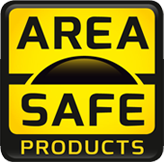
 Speed of Service
Speed of Service Easy Systems
Easy Systems Product Designs & Developers
Product Designs & Developers Car Park Protection
Car Park Protection 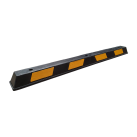
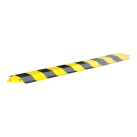


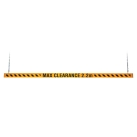

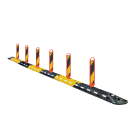
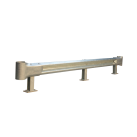
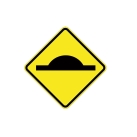
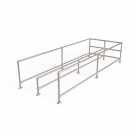
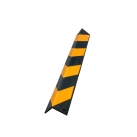
 Industrial Safety
Industrial Safety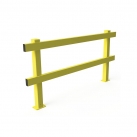
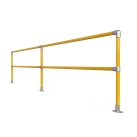


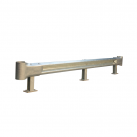
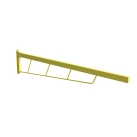
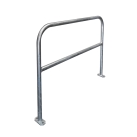
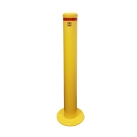
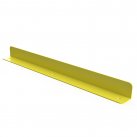

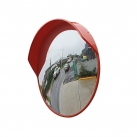
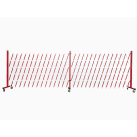
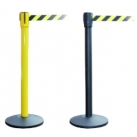

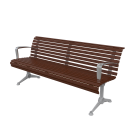 Urban Furniture
Urban Furniture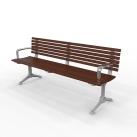
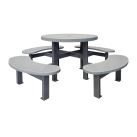
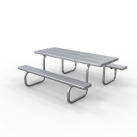

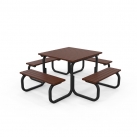
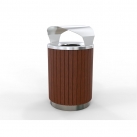
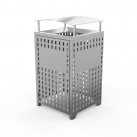

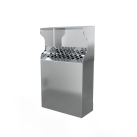
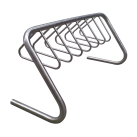
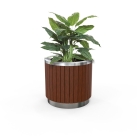
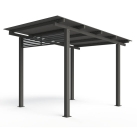
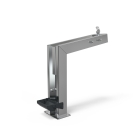
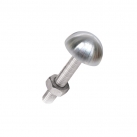

 Pedestrian Barriers
Pedestrian Barriers
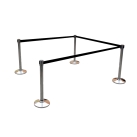

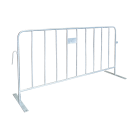

 Matting, Ramps & Tactiles
Matting, Ramps & Tactiles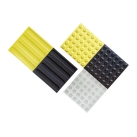
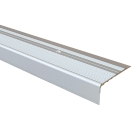
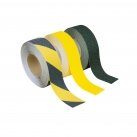
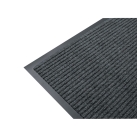
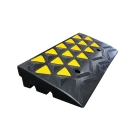
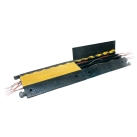
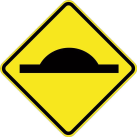 Signage & Safety
Signage & Safety 
